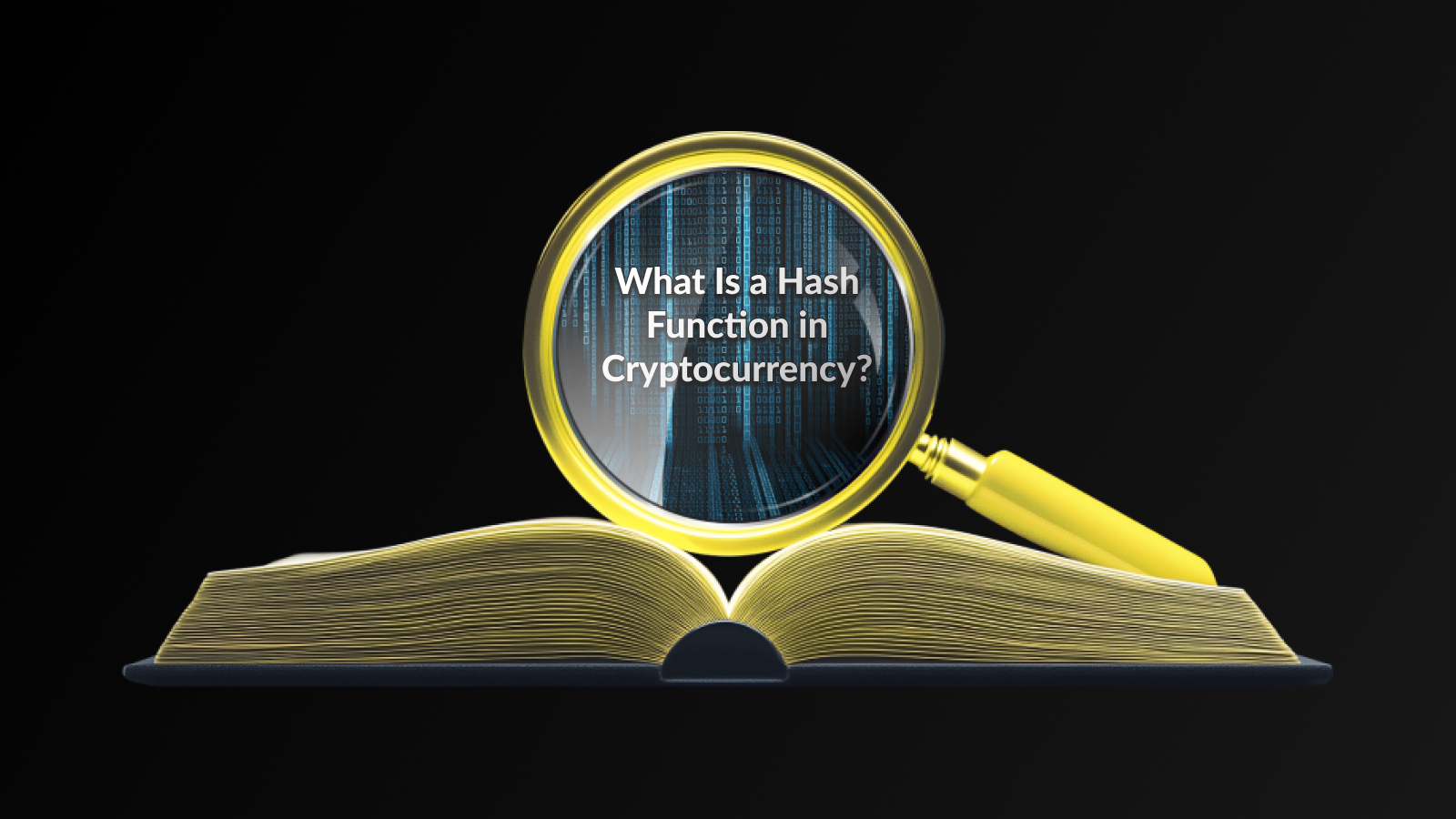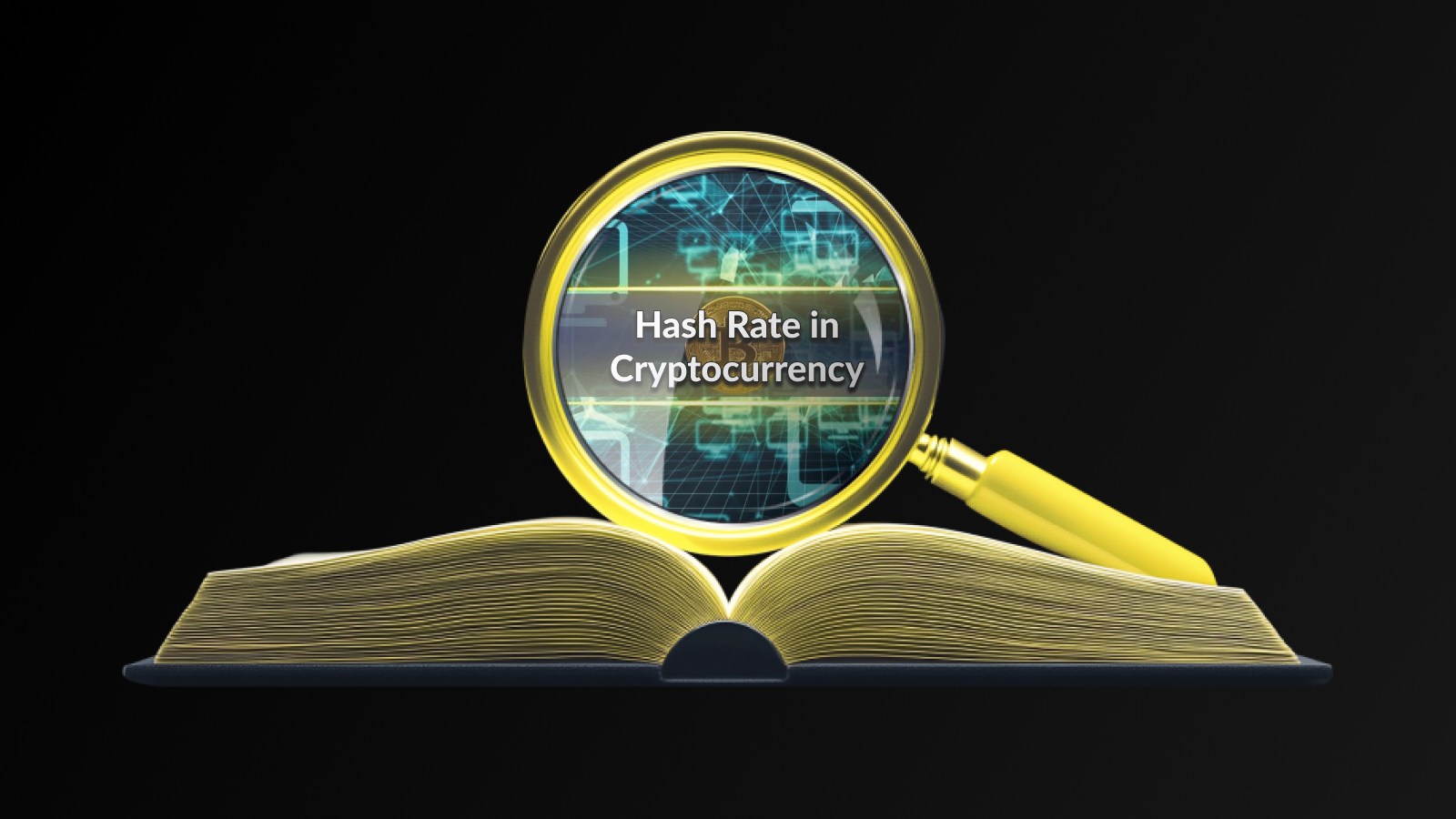Introduction
Explore the concept of hard forks in cryptocurrency, their causes, notable examples, and their significant impact on market dynamics.
A Blockchain Hard Fork refers to a significant change or upgrade in the existing blockchain protocol, which creates a divergence in the network. This synchronization process can lead to different versions of the blockchain, where one version adheres to the old protocol while the other follows the new one. Such upgrades are often implemented to enhance the functionality, security, or scalability of the cryptocurrency.
When a hard fork occurs, it can result in the creation of two separate cryptocurrencies. The original blockchain continues its operations, and users who hold the cryptocurrency at the time of the fork automatically receive an equivalent amount in the new currency. This phenomenon is particularly noticeable during contentious forks, where the community is divided on the best direction for the cryptocurrency’s development.
Furthermore, hard forks are not merely technical adjustments; they often spark discussions about governance, community consensus, and the future of the cryptocurrency. They can signify a crucial moment for innovation, allowing developers to experiment with new solutions that can drive broad changes in the blockchain ecosystem.
As the cryptocurrency space evolves, understanding the mechanics of cryptocurrency protocol upgrades will become increasingly important for investors and users alike. These changes can have significant implications on market dynamics, investor sentiment, and the overall perception of the involved cryptocurrency.
Why Do Hard Forks Occur?
Hard forks occur for several significant reasons within the blockchain ecosystem. One primary motivation is the need for a Cryptocurrency Protocol Upgrade, intended to improve the functionality or security of a blockchain network. Developers may identify vulnerabilities or inefficiencies that necessitate changes for better performance.
Another common cause for a hard fork is ideological differences among the community or stakeholders. These disputes often arise over the direction of the project, such as varying opinions on governance, scalability solutions, or network rules. When consensus cannot be reached, a hard fork can serve as a means of splitting the chain to suit differing philosophies.
In some cases, hard forks are initiated to add new features or capabilities that weren’t originally part of the blockchain’s code. For example, the introduction of smart contracts or interoperability features may warrant a hard fork to ensure the upgraded version can support these advancements effectively.
Market dynamics and external pressures, such as competition from other cryptocurrencies, can also prompt a hard fork. To stay relevant and competitive, projects may need to implement changes rapidly, leading to the decision to adopt a hard fork.
Notable Examples of Hard Forks
One of the most significant hard forks in the history of blockchain technology occurred with Bitcoin and Bitcoin Cash in 2017. This Cryptocurrency Protocol Upgrade was initiated to increase transaction speed and capacity, responding to concerns over Bitcoin’s scalability. Bitcoin Cash emerged as a distinct coin, adopting a larger block size, which enabled it to handle more transactions per second compared to its predecessor.
Another notable example is the Ethereum hard fork that occurred in 2016, resulting in the creation of Ethereum Classic. This hard fork was a reaction to the DAO hack, where a significant amount of Ether was stolen. The Ethereum community opted for a Cryptocurrency Protocol Upgrade to reverse the hack’s effects, while those who disagreed continued with the original blockchain, leading to the bifurcation of Ethereum and Ethereum Classic.
In 2021, Bitcoin witnessed yet another hard fork with the introduction of Bitcoin SV (Satoshi Vision). This fork focused on restoring the original vision of Bitcoin as outlined in its whitepaper, emphasizing increased block sizes and transaction scalability. The Blockchain Hard Fork aimed to provide a platform for enterprise-level applications and enhance transaction throughput.
These examples highlight how hard forks are pivotal moments within blockchain networks, allowing communities to make crucial decisions that shape the direction of their platforms. Each instance reflects differing priorities and visions within the cryptocurrency ecosystem, showcasing the dynamic nature of blockchain development.
The impact of hard forks on cryptocurrency markets can be significant and multifaceted, often leading to volatility and changing investor sentiment. When a cryptocurrency protocol upgrade occurs, it can create two separate chains, resulting in increased trading activity and speculation. As a result, this divergence can lead to fluctuations in prices, as traders react to the new developments and potential future value of each chain.
Furthermore, a hard fork can alter the dynamics of a cryptocurrency’s ecosystem by attracting new investors who see opportunities in the newly formed tokens. This influx of interest can amplify market activity, driving prices up as demand increases. However, it can also lead to periods of uncertainty, causing investors to sell off assets in anticipation of potential losses.
In many cases, established projects undergo a hard fork to address governance or technical issues, which can either stabilize the network or raise concerns about the project’s viability. The outcome often hinges on community support and overall sentiment towards the changes introduced by the hard fork.
The effects of a hard fork on cryptocurrency markets are complex and can vary greatly depending on the circumstances surrounding each individual case. Investors must remain vigilant and informed, as the aftermath of a blockchain hard fork can present both risks and opportunities in a rapidly evolving market.
Disclaimer
This article is for informational purposes only and does not constitute financial or investment advice. Cryptocurrency investments involve risk and may result in the loss of capital. Always perform your own research or consult a financial advisor before investing.
Click for more Darkex education articles.





